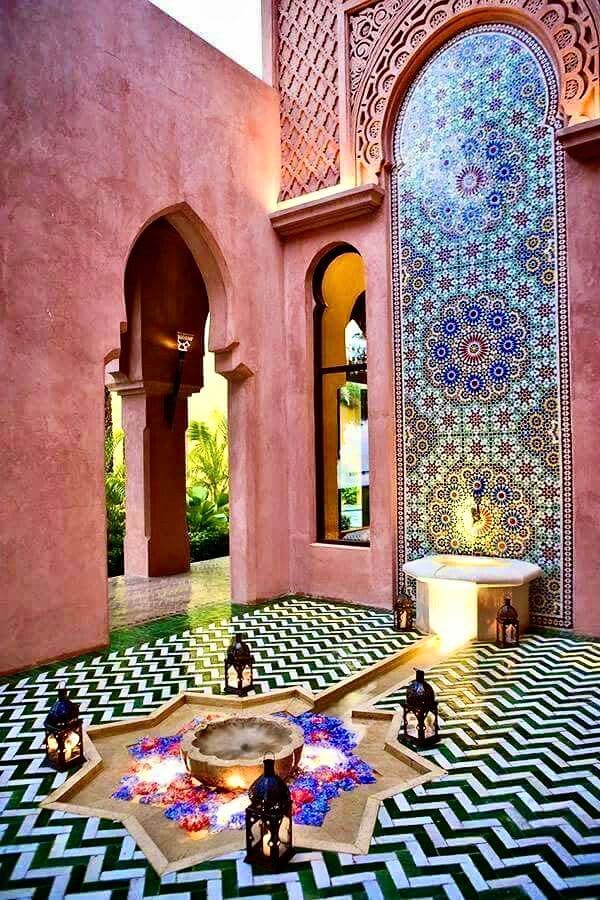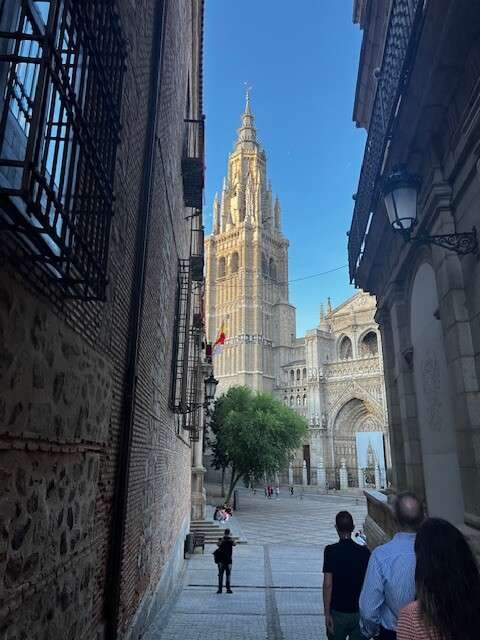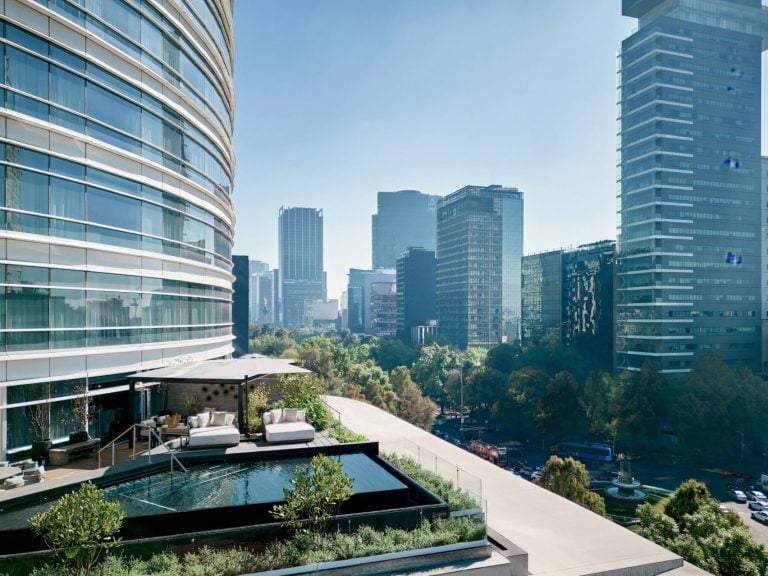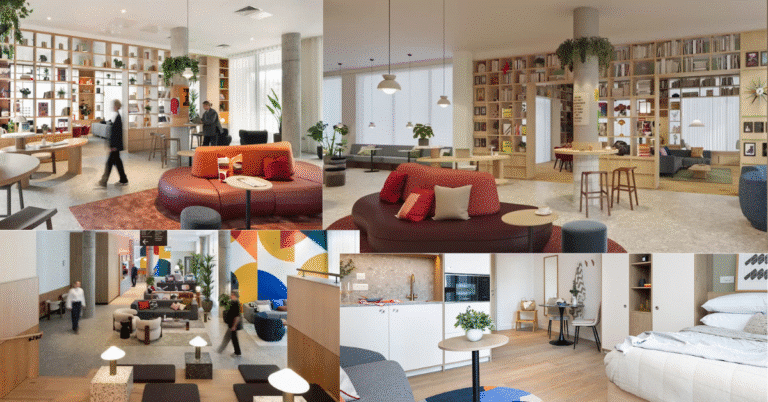Moroccan Architecture: Balancing Tradition and Modernity in Casablanca and Rabat
Moroccan architecture, especially in cities like Casablanca and Rabat, reflects a unique synthesis between historical heritage and contemporary design found in Moroccan Modern Architecture. While Islamic and Andalusian styles remain deeply embedded in urban landscapes, modern developments increasingly incorporate global architectural trends while respecting local identity. This article explores key aspects of Moroccan Modern Architecture evolution, including historical influences, recent transformations, integration of traditional elements, and challenges facing future development.

Historical Influences: From Colonialism to Islamic Art
The French colonial period (1912–1956) significantly shaped Morocco’s urban fabric, particularly in Casablanca. Important landmarks in Moroccan Modern Architecture like the Ville Nouvelle, designed by architect Henri Prost, introduced European-style boulevards and public buildings that still define parts of the city today. At the same time, Islamic architecture has left a lasting imprint through intricate geometric patterns, courtyards, and decorative woodwork such as mashrabiya screens, which provide ventilation and privacy.
| Historical Influence | Architectural Examples |
|---|---|
| Islamic Architecture | Mosques, traditional riads, old medinas |
| French Colonial Influence | Government buildings, Boulevard Mohammed V |
| 20th-century Modern Movement | Art Deco structures like the Central Market |

Modern Transformations: Projects Redefining Urban Landscapes
In recent decades, Morocco and its journey in Moroccan Modern Architecture has witnessed a wave of urban renewal and new construction projects, particularly in Casablanca and Rabat. These initiatives focus on creating functional, aesthetically rich spaces that respond to contemporary needs without erasing cultural identity. In Rabat, for instance, new civic buildings demonstrate fluid, modern forms inspired by traditional Moroccan geometry. Meanwhile, residential and commercial developments in Casablanca integrate sustainability features like solar panels and passive cooling systems.
Key characteristics of modern Moroccan architecture include:
- Use of technology: Advanced materials and energy-efficient designs are becoming more common in public and private buildings.
- Spatial reorganisation: Redevelopment of historic port areas and central districts aims to improve connectivity and accessibility.
- Integration with nature: Vertical gardens and shaded courtyards help mitigate heat and enhance livability in dense urban environments.
Incorporating Traditional Elements into Contemporary Design
Despite the shift toward modernity, many new constructions maintain strong ties to Moroccan tradition. For example, carved wooden latticework and zellige tilework are often used in new hotels and cultural centres not merely for decoration but to control light and airflow naturally. Moroccan Modern Architecture often allows modern residential complexes to replicate the layout of traditional riads, featuring open-air courtyards that promote social interaction and natural ventilation.
This blending of old and new ensures that contemporary architecture remains rooted in local culture while adapting to evolving societal needs.

Future Challenges: Preserving Identity Amid Rapid Expansion
While progress is evident, Moroccan architecture faces several critical challenges:
- Balancing heritage conservation with urban growth, especially in deteriorating historic neighbourhoods.
- High costs of sustainable materials, which limit their adoption in smaller-scale or low-income housing.
- Urban planning gaps, where new developments sometimes lack adequate infrastructure to support growing populations.
Frequently Asked Questions (FAQ)
| Question | Answer |
|---|---|
| How do Moroccan cities retain their Islamic character in modern buildings? | By incorporating geometric motifs, local materials, and spatial concepts such as privacy in façade design. |
| Is Moroccan architecture considered culturally diverse? | Yes, it blends Andalusian, Arab, African, and European influences into a distinct architectural language. |
| What are the main challenges in developing cities without losing heritage? | Comprehensive urban planning, training professionals in restoration techniques, and promoting investment in sustainable projects. |

Summary Table of Key Points
| Theme | Overview |
|---|---|
| Historical Influences | Islamic and French colonial legacies shape the built environment. |
| Modern Developments | New projects combine global trends with local aesthetics and functionality. |
| Integration of Tradition | Use of mashrabiya, courtyards, and ornamental tilework in contemporary design. |
| Challenges | Heritage preservation, cost of sustainability, and integrated urban planning. |

ArchUp Opinion
While Morocco has made significant strides in merging modern architecture with traditional values, there remains a gap in how large-scale developments interact with daily life. Some contemporary buildings appear visually striking but lack meaningful engagement with their surrounding communities — such as limited public access or over-reliance on car-based infrastructure. Additionally, the high cost of restoring heritage buildings limits broader community participation in preservation efforts. A more inclusive approach would involve comprehensive urban policies that encourage innovation in Moroccan Modern Architecture while ensuring equitable access to public spaces and supporting grassroots involvement in maintaining cultural landmarks.







